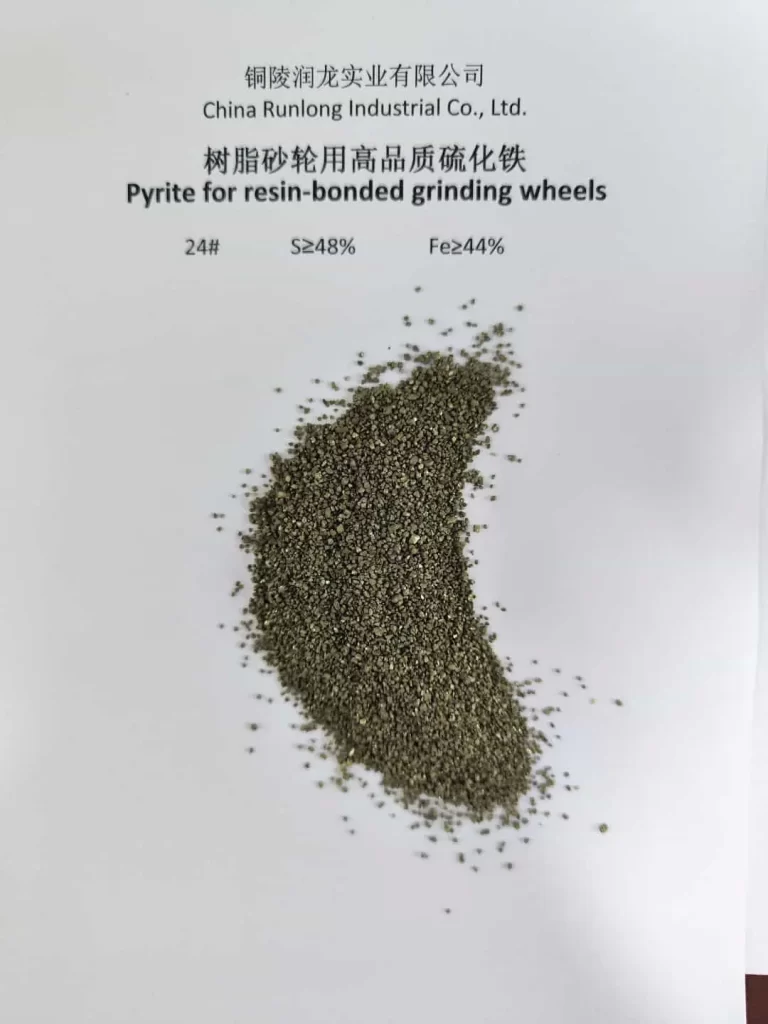
The three application methods of grinding material additives grinding is the use of grinding material additives, which use tools to perform relative motion under a certain pressure and perform precision machining on the appearance of objects. Grinding can be used to process various metals and non-metallic materials. The external shapes processed include flat, inner, outer cylindrical and conical surfaces, convex and concave spherical surfaces, screws, tooth surfaces, and other mold surfaces. The appearance roughness is Ra0.63~0.01 microns. Grinding methods can usually be divided into three types: dry grinding, semi dry grinding, and wet grinding. The specific content is as follows:
Dry grinding: Press the grinding material additive evenly onto the surface of the grinding tool. When grinding, only a small amount of auxiliary materials such as stearic acid mixed grease need to be applied to the surface of the grinding tool. Dry grinding is often used for precision grinding, and the particle size of the micro powder used is finer than W7.
Semi dry grinding: The grinding material additive used is a paste like grinding paste. Grinding can be done manually or using a grinder. Before grinding, the workpiece must use other processing methods to achieve high pre processing accuracy, and the remaining grinding allowance is usually 5-30 microns.
Wet grinding: Add or apply liquid grinding material additives one by one to the grinding surface, and the grinding material slides between the workpiece and the grinding tool, forming cutting motion. Wet grinding is usually used for rough grinding, and the particle size of the micro powder used is coarser than that of W7.
Grinding tools are tools for grinding formed workpieces, serving as carriers of grinding material additives. Their hardness is lower than that of workpieces, and they must have wear resistance. They are mostly made of gray cast iron. This tool is based on uniformly fine pearlite. The metallographic configuration of wet grinding tools is centered around ferrite. Grinding tools are also subjected to cutting and wear during grinding. If operated properly, their accuracy will also improve, which can make the machining accuracy of the workpiece higher than the original accuracy of the grinding tool.
The above is an introduction to the three application methods of grinding material additives. Thank you for reading.
